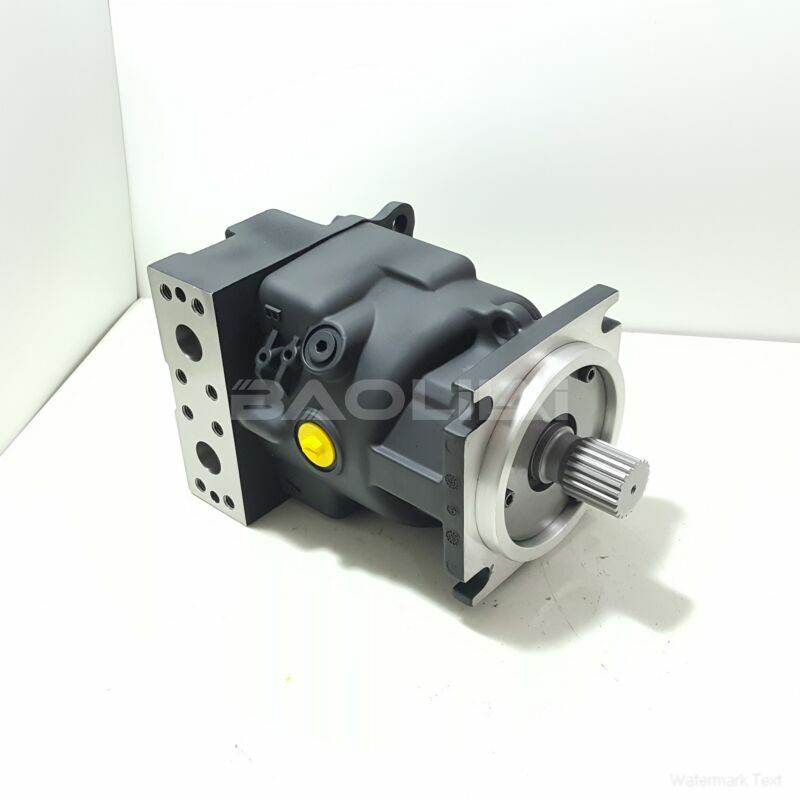90M130NC0N8N0F1W00EBA0000F0 piston motor
90M130NC0N8N0F1W00EBA0000F0 piston motor

- Product Details
- Applicable Scene
Hydraulic motors are integral components in various industrial and mobile applications, providing the necessary force and motion to power machinery such as excavators, conveyors, and mobile cranes. However, like any mechanical system, they are subject to vibrations that can significantly impact their performance, reliability, and lifespan. The importance of hydraulic motor vibration control cannot be overstated, as it plays a crucial role in maintaining operational efficiency and reducing maintenance costs.
90-M-130-NC-0-N-8-N-0-F1-W-00-EBA-00-00-F0
90M130NC0N8N0F1W00EBA0000F0
Vibration in hydraulic motors usually arises from imbalances within the system, misalignments, or fluctuating pressure in hydraulic fluids. These vibrations can lead to a series of detrimental effects, including increased wear and tear on components, fluid leaks, and even catastrophic failures. Consequently, controlling vibration is vital for ensuring the longevity and reliability of hydraulic systems.

9731057
One of the primary reasons for implementing vibration control measures is to enhance the performance of hydraulic motors. Excessive vibrations can lead to reduced efficiency, causing the motor to consume more energy than necessary and operate below optimal performance levels. By mitigating these vibrations, operators can maintain their equipment’s performance, ensuring that machines function at peak efficiency while consuming less energy.
In addition to performance improvements, vibration control is essential for reducing maintenance costs. Frequent vibrations can lead to accelerated wear of components such as bearings, seals, and gears, requiring more frequent replacements and repairs. Implementing vibration control measures such as dampers, isolators, or precision alignment techniques can significantly extend the life of these parts, ultimately saving companies money and reducing downtime associated with maintenance.
Furthermore, controlling vibrations contributes to workplace safety. High levels of vibration can pose a risk to operators and nearby personnel. Equipment failures resulting from unchecked vibrations can lead to accidents, injuries, or even fatalities. By implementing effective vibration control strategies, companies can ensure a safer working environment, enhancing employee well-being and productivity.





